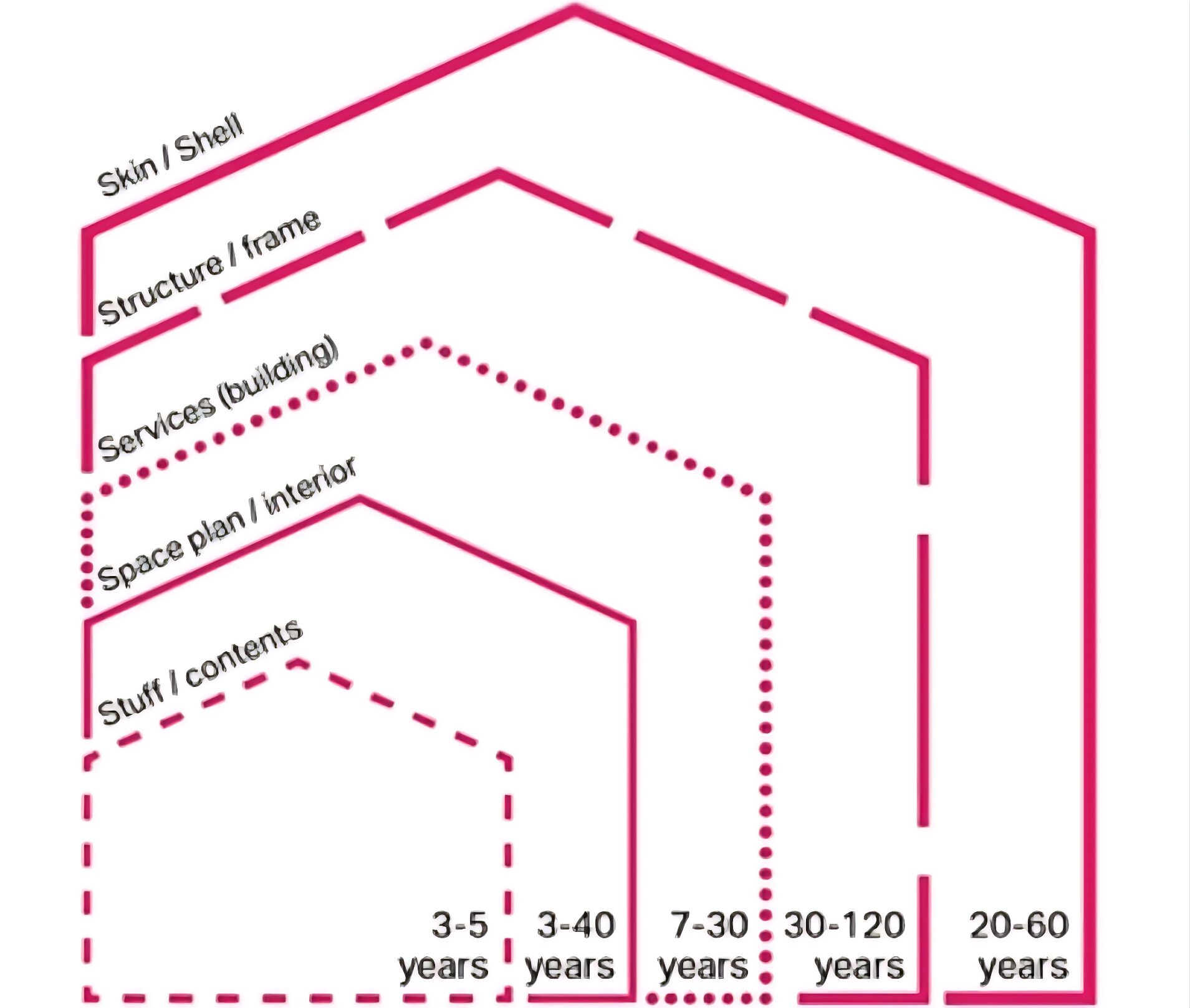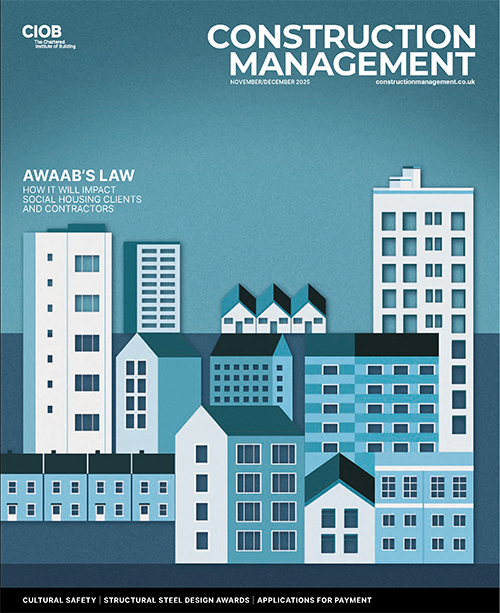Adopting circular economy principles means changing mindsets and ways of working, but it needn’t be difficult, writes Mott MacDonald’s Tom McDonald.

With an annual consumption of 400M.t of material each year, the construction industry is the UK’s largest consumer of natural resources, but it is also the largest producer of waste, with 100M.t generated. The sector is increasingly working to apply circular economy principles to reduce waste and material use through reuse. This calls for a change of approach to design, but there are new methodologies, tools and case studies that show how it can be achieved.
Drivers for change
The volatility in material prices, driven by energy price increases and inflation pressures, including tariffs, has highlighted the importance of reducing the quantity of new materials purchased.
Another driver is legislation and policy. For instance, the Greater London Authority requires Circular Economy Statements for new developments, prompting design teams to consider how they can make assets more resilient, flexible and adaptable. Additionally, there is the Circular Economy Bill in Scotland, the upcoming Circular Economy Strategy for England, while Wales has led the way with its Beyond Recycling (2021) strategy.
Standards are enabling change with BSI 80001:2017 promoting circularity. It had been difficult to rely on an agreed approach for measurement of circularity, however, last year’s publication of two new standards – ISO 59020:2024 and ISO 59010:2024 – provide guidance for businesses and a standardised approach to measuring circularity.
Circular design principles
The ultimate question for circular economy in buildings is how to get the most out of an asset now, while maximising the outcomes for users. With circular design, it is necessary to step back and start with the current asset portfolio before deciding what changes are required. Many circular design principles are common sense approaches, such as design for disassembly, while others – systems level dependencies – can be quite tricky to grasp.
Using concepts, such as designing for disassembly and modular construction, offer opportunities for innovation in the construction sector and encourage designers to think differently about their work, leading to more sustainable and efficient building practices. For example, modular construction elements can be optimised for sustainability performance, including a low carbon footprint, high recycled content and durability.
Circular design principles can also enhance the resilience and adaptability of buildings, making them more attractive to investors and occupants.
While applying the principles can seem daunting, there are useful decision-making matrices available which can help design teams make these choices and get them to ask the right questions. Our teams at Mott MacDonald have also run workshops with clients and design teams at the outset using these matrices in the rail, ports, highways, commercial buildings and water sectors.
One key approach which considers flexibility, adaptability, resilience, lifespan and material choice is the concept of building in layers. This approach breaks the building down in parts – the shell is the structure; the services are pipes, ducts and wires; the scenery is the internal fit-out; and the set is furniture, fittings and equipment.

The building in layers approach can be paired with technology which bolsters the data held on buildings, beyond the traditional three metrics of asset value, energy usage and opex. One such approach is material passports, which are sets of data describing defined characteristics of materials used within a building that give them value for recovery and reuse. Using a materials passport approach can assist with designing in layers, maintenance and reuse in disassembly, plus data informed asset management.
Improved data availability has already been delivered through use of sensors in buildings, which monitor flow of people, air quality and energy use, with the information driving improved asset performance during the life cycle.
Circular principles in action
An example of how circular economy principles work in practice can be demonstrated by a project Mott MacDonald worked on to design adaptable meeting rooms that can be assembled and disassembled by on-site facilities management teams. This eliminated the need for specialist contractors to come onboard every time the client’s workspace needed change.
The designs used modular construction elements, which have been optimised for sustainability performance, including a low carbon footprint, standardised sizing, high recycled content and durability, as well as a range of options to suit the client’s aesthetics requirements.
The end product achieved a high level of circularity as the waste associated with resizing meeting rooms in the traditional way is completely eliminated. All parts have full sustainability information available to the facilities management team, so after the elements reach the end of their life as meeting room parts, they can be effectively reused in a different setting, recycled, downcycled or even refurbished or remanufactured.
Making circularity business as usual
While the benefits of taking a circular economy approach are clear, work is still needed to make it more straightforward to apply.
One of the key changes needed is placing greater emphasis on data collection and sharing. Detailed data about materials and their potential for reuse can help inform decision-making and facilitate the implementation of circular economy principles. Technologies such as material passports can play a crucial role in this regard.
Second, there needs to be a shift in mindset within the construction industry. Embracing circular economy principles requires a willingness to adopt new approaches and technologies. With the requirements and new methodologies needed to satisfy sustainability criteria already feeling quite congested, meeting the call for the circular economy could feel like yet another hurdle.
However, a circular economy offers the ability to undertake a more comprehensive assessment as a result of its systems thinking based approach. The change in thinking needed to wider adoption of circular economy can be facilitated through education and training programmes that highlight the benefits of circular economy practices and provide practical guidance on their implementation.
Finally, policy and legislative frameworks must continue to evolve to support the adoption of circular economy principles. Clear and consistent regulations can provide the necessary legislative levers and guidance for organisations to adopt circular economy practices and drive widespread change in the construction sector.
Tom McDonald is senior consultant for sustainability and ESG at Mott MacDonald.











